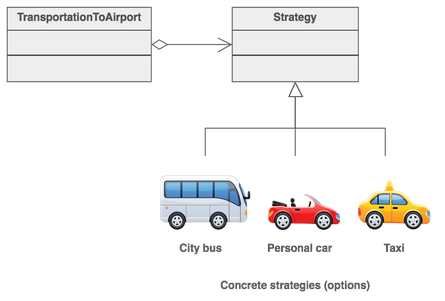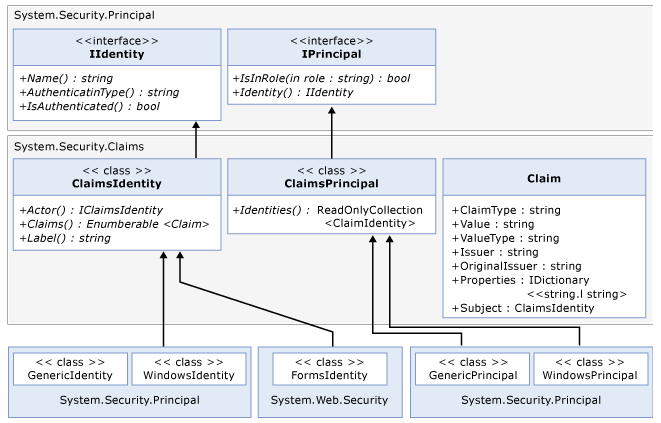What is Scalability
Ability of a system, network or a process to handle growing amount of work in a capable manner. Scalability is important to make sure heavy loads that comes to the servers are handled without minimum or no downtime.
Types of scalability
Horizontal scaling (Scale out)
Vertical scaling (Scale up)
Add resources to a single node of a system.
Guidelines for Scalability in Application Design (checklist)
Partitioning of the workload can be useful especially for database access. Load on the database will be manageable results with less complexity. Separation of concern a coding principle can be used to achieve this. Microservices also comes in handy for partioning of workloadDatabase Scalability
http://www.boic.com/scalability.htm
http://msdn.microsoft.com/en-us/library/aa479364.aspx (Scaling out SQL server)
http://msdn.microsoft.com/en-us/library/aa479364.aspx (Scaling out SQL server)
Server Scalability
There are different ways you can setup your servers to achieve high scalability. highscalability explains 10 different ways you can setup your server environment.
Resources
http://www.boic.com/scalability.htm
http://stackoverflow.com/questions/tagged/scalability
http://stackoverflow.com/questions/659970/why-is-it-not-advisable-to-have-the-database-and-web-server-on-the-same-machine
http://stackoverflow.com/questions/tagged/scalability
http://stackoverflow.com/questions/659970/why-is-it-not-advisable-to-have-the-database-and-web-server-on-the-same-machine





















